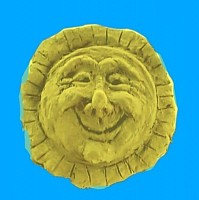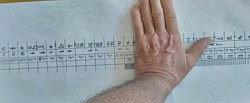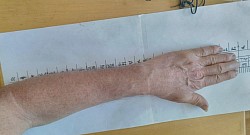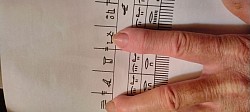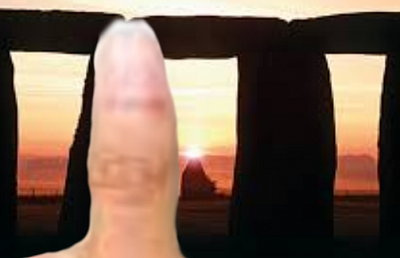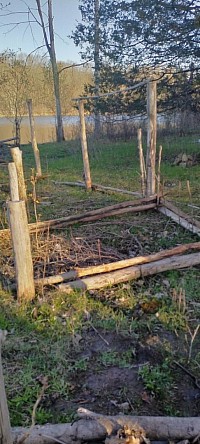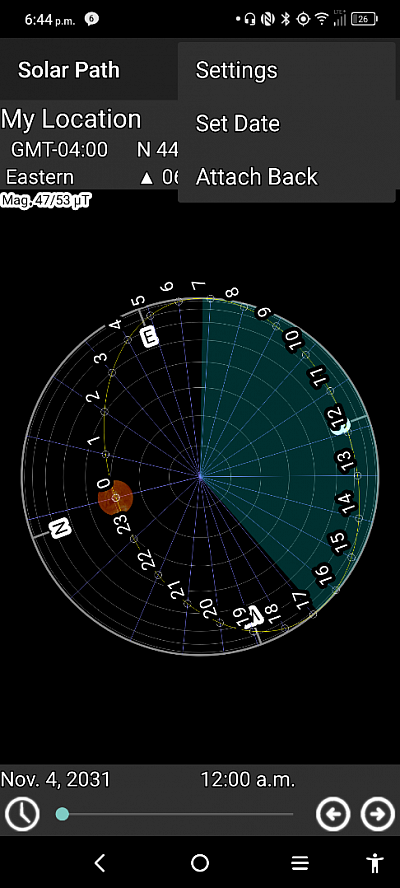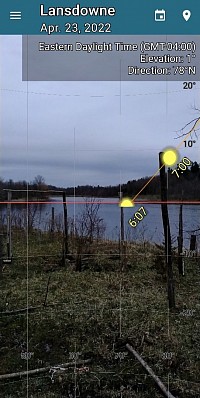A Blog about Henge-keeping
The Egyptian Cubit
I originally did my measuring with primitive inches. It took me some time to get an accurate printout of a Cubit. After I found an accurate Cubit (the Turin Royal Cubit) I found that time Cubit and the measurements I worked out from Stonehenge are related.
The Mindfulness of Stickhenge
Stickhenge is a place where you can be mindful of the exact time and place you inhabit. I'm going to try to use Stickhenge as as place to meditate. Some obvious times would be sunrise, noon and sunset, unless lunar events would be better. You would certainly have some respect for the day if you're getting up at five o'clock I the morning.
I could also meditate on the future. If there is something I'm planning I could: find the date in Stickhenge and meditate or actively make plans for the day. Whether Stonehenge builders meditated isn't a concern for me. It's my henge and I'll do what I want.
There are a number of things that have come from Stickhenge already. The major one was discovering the measuring system. Another is Stickhenge gardening, and pottery and wood fiber string. I'm sure there will be many more. I'll try to write about these shortly.
I discovered an error in Stickhenge. It was an easy fix but it was a full 12 degrees off. It's easy to make a mistake if you're not familiar with compass headings and Latitude
Stickhenge isn't Stonehenge.
Stickhenge isn't an exact copy of Stonehenge. Stonehenge is an excellent example of ancient stone work but it isn't unique as a henge.There are many henges in Britain and Europe that are good examples. Stonehenge has the best documentation which I follow as closely as possible given the different latitude of Stickhenge.
I've reached the point with Stickhenge when I need to apply a different approach that includes my impression of what a henge can be used for and ways of numbering the poles and directions of celestial events. I decided to put numbers on the poles to show the clock face then I will make some signs to show lunar phases and rising and setting and Zenith positions.
The most unusual use of a henge that I started recently is to start building raised garden plots between the "Sarsen" Circle and "Bluestone" circle. It seems to me a practical use and it's something I want to do, so I won't wait for documentation. It helps me with the process of henge learning.
I use several apps for Solar and Lunar positions.
The trick is to find one app That does everything properly. I haven't settled on that yet.
Finding accurate alignment for your henge.
One of the hardest, and most important jobs in henge-building is getting an accurate alignment on the north/south axis and the rising and setting of the Summer Solstice Sun.
You can use a phone app to find the north star, but it needs to be confirmed by an actual observation of Polaris. It's very easy to get mixed up on alignments, so make sure you get an alignment across three poles; ie south, centre, north.
Once you have an accurate North, South and Summer Solstice, you can place your remaining poles at 12 degree intervals between them. Please note that North is at the pole position, but the Solstice and Equanox are between poles.
